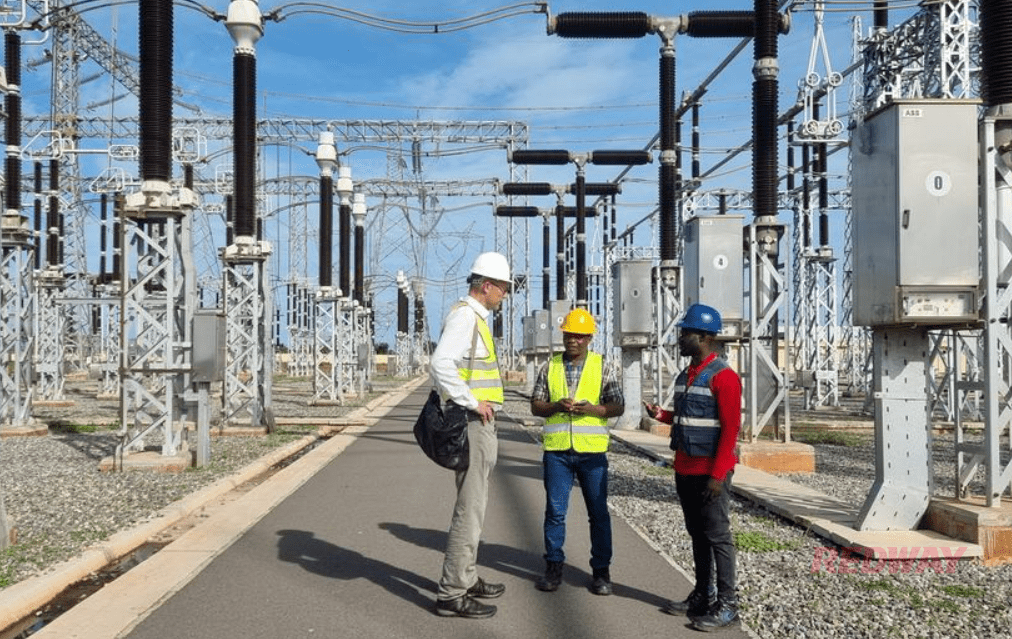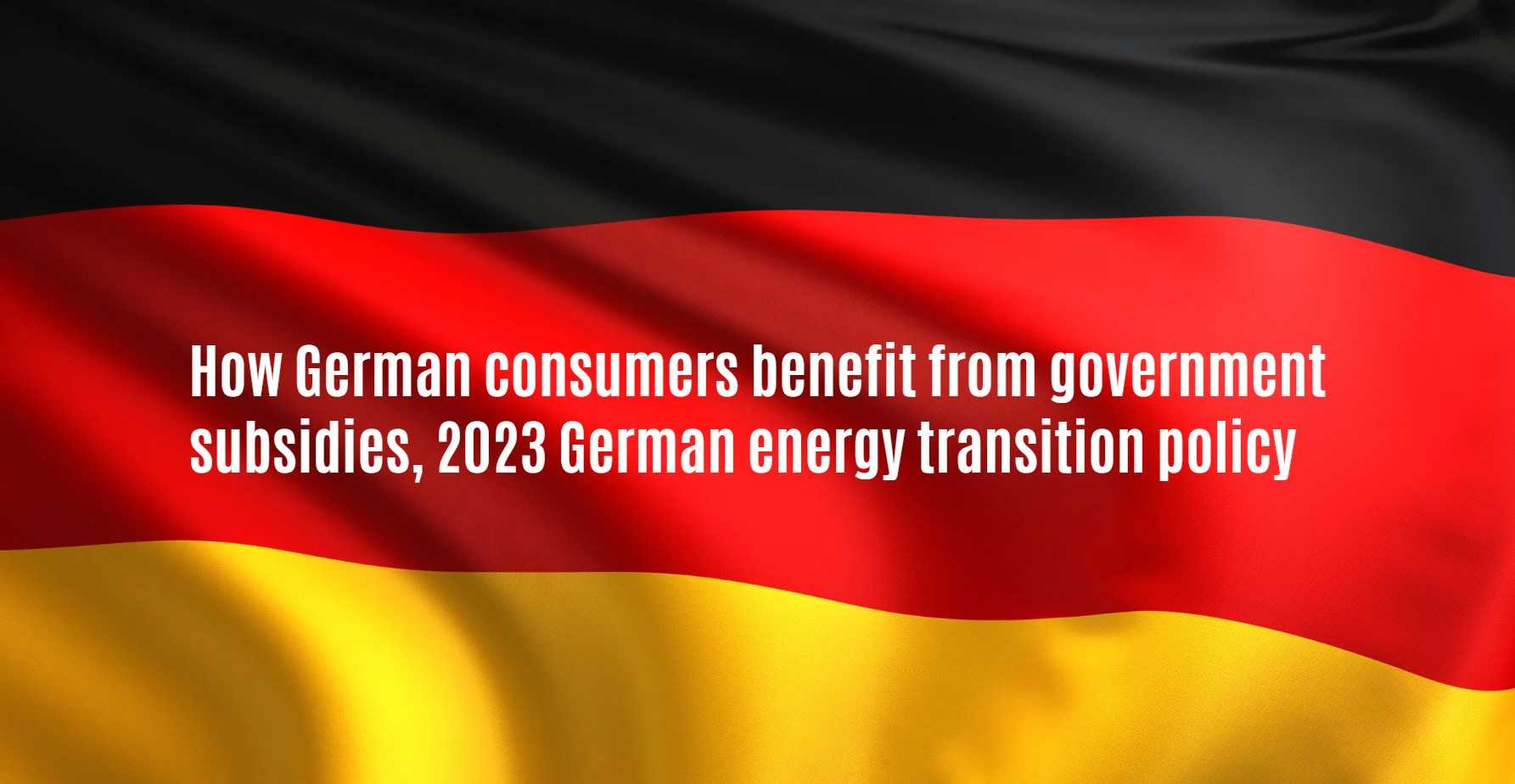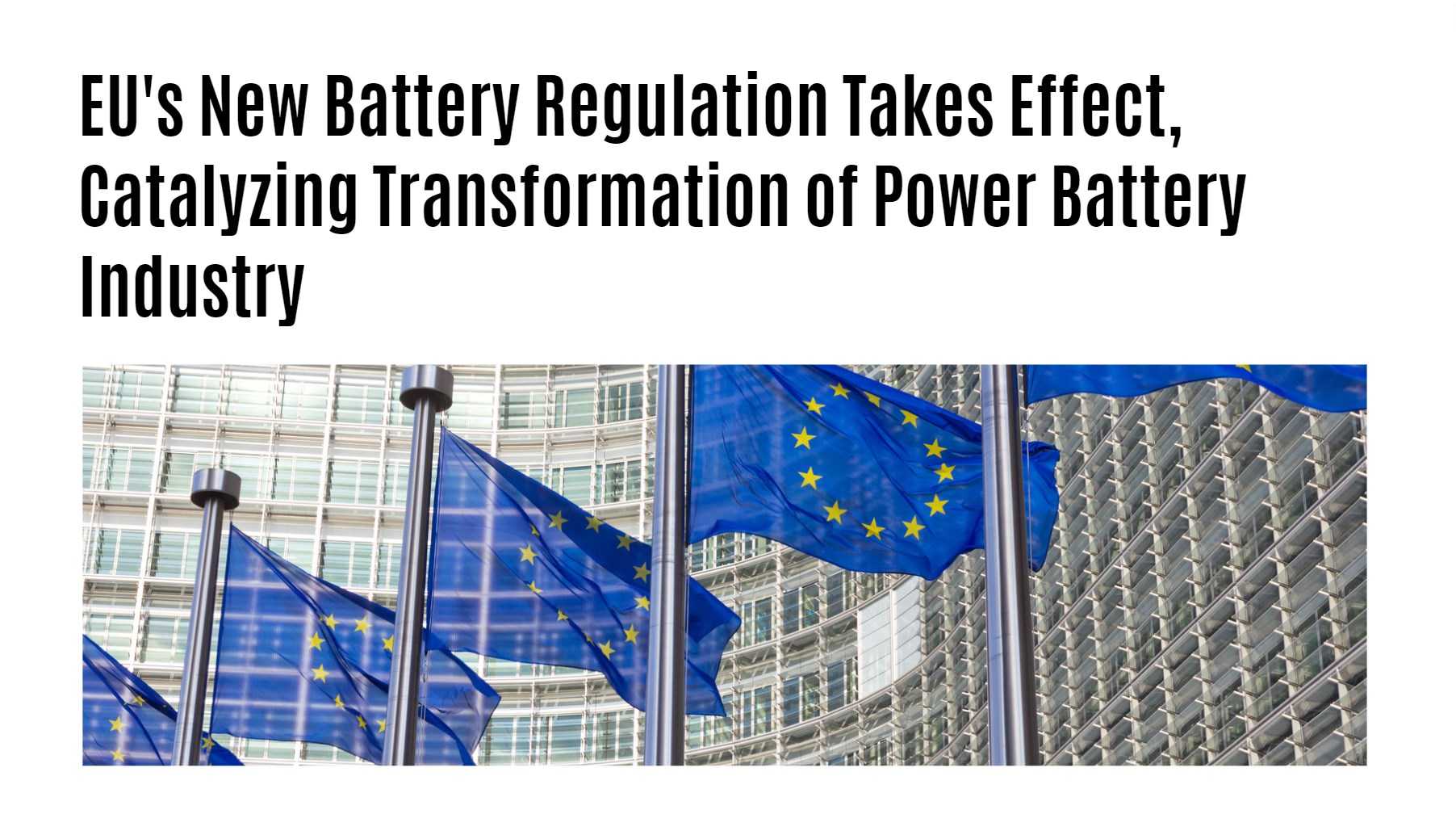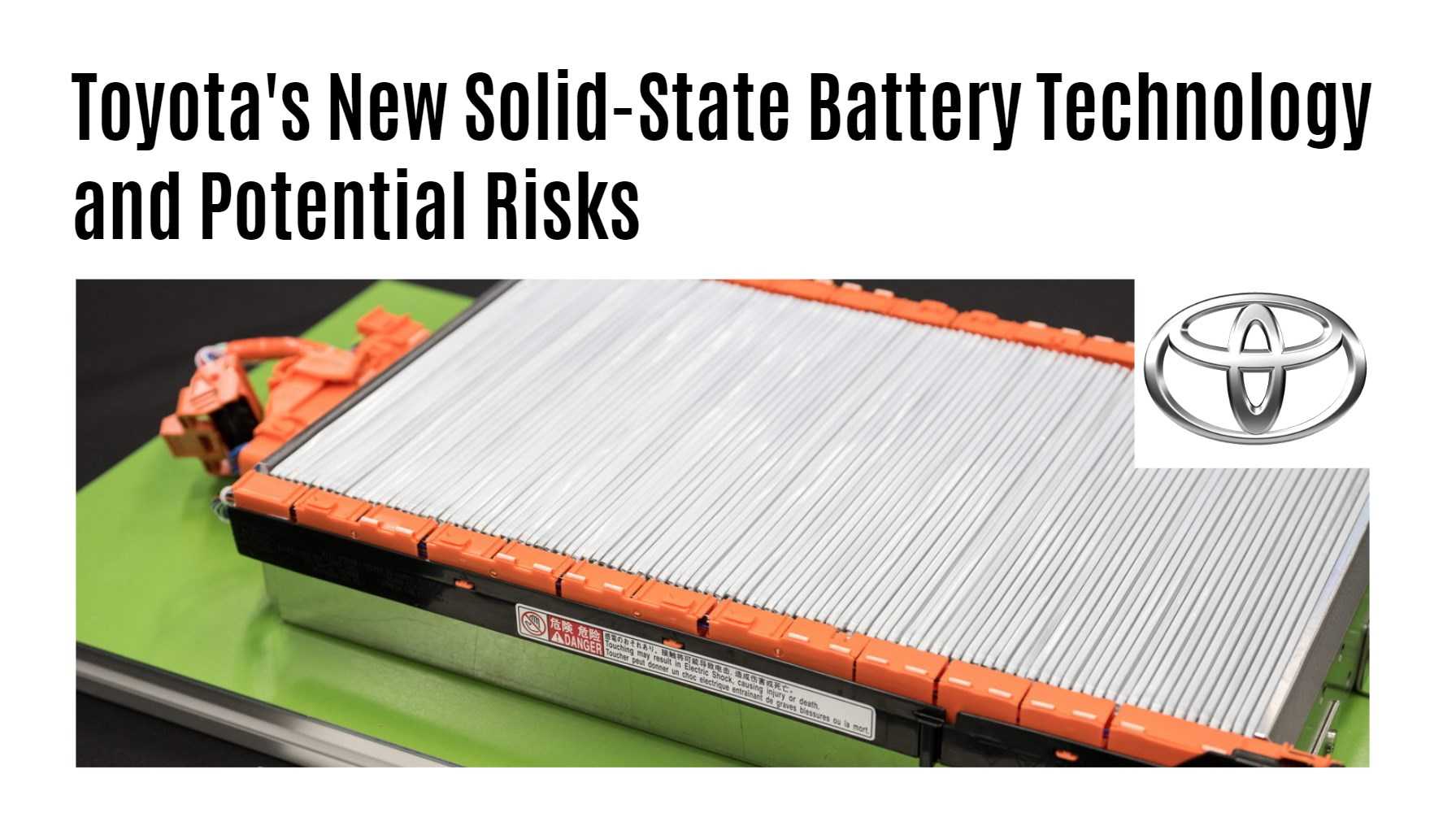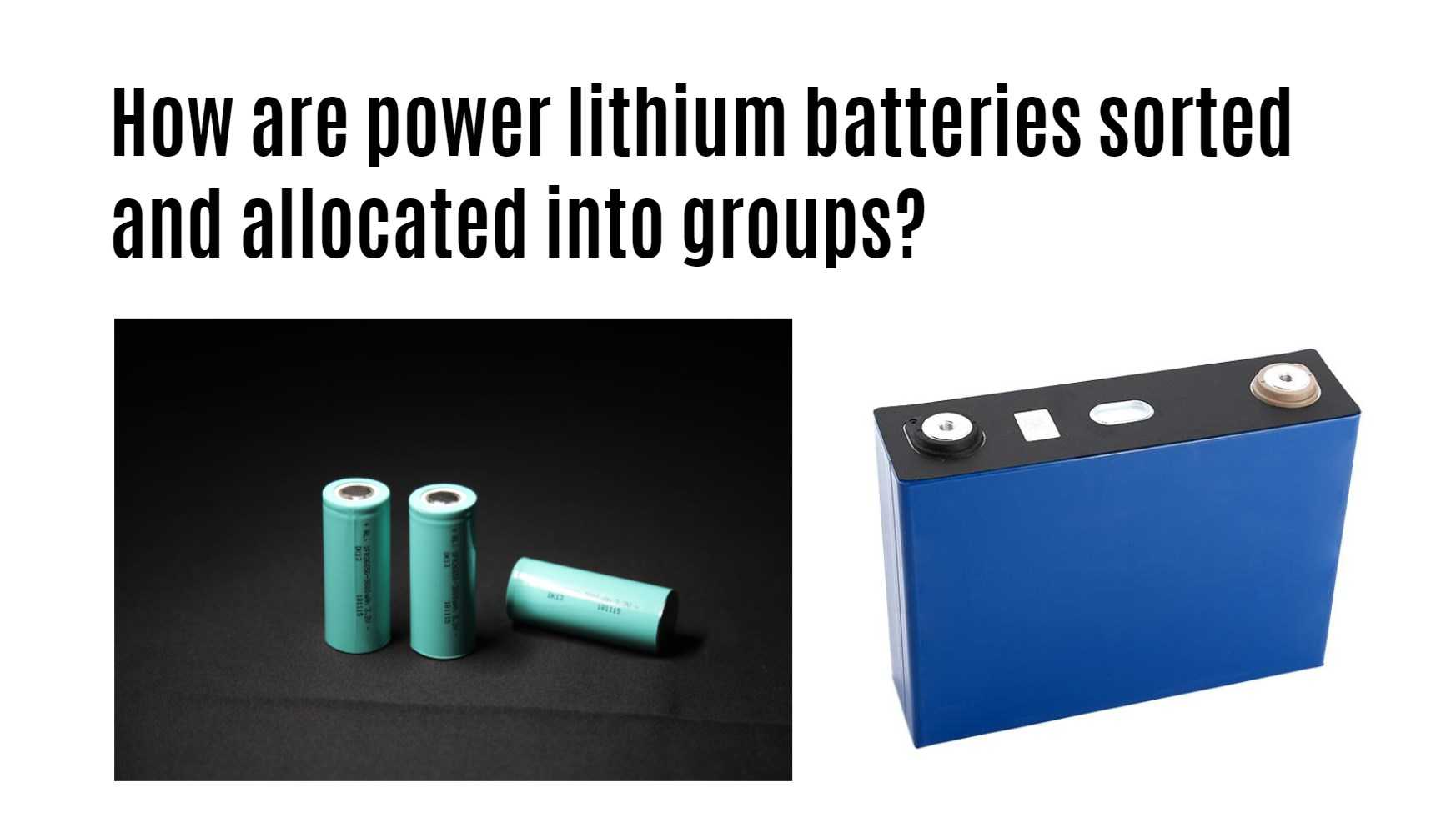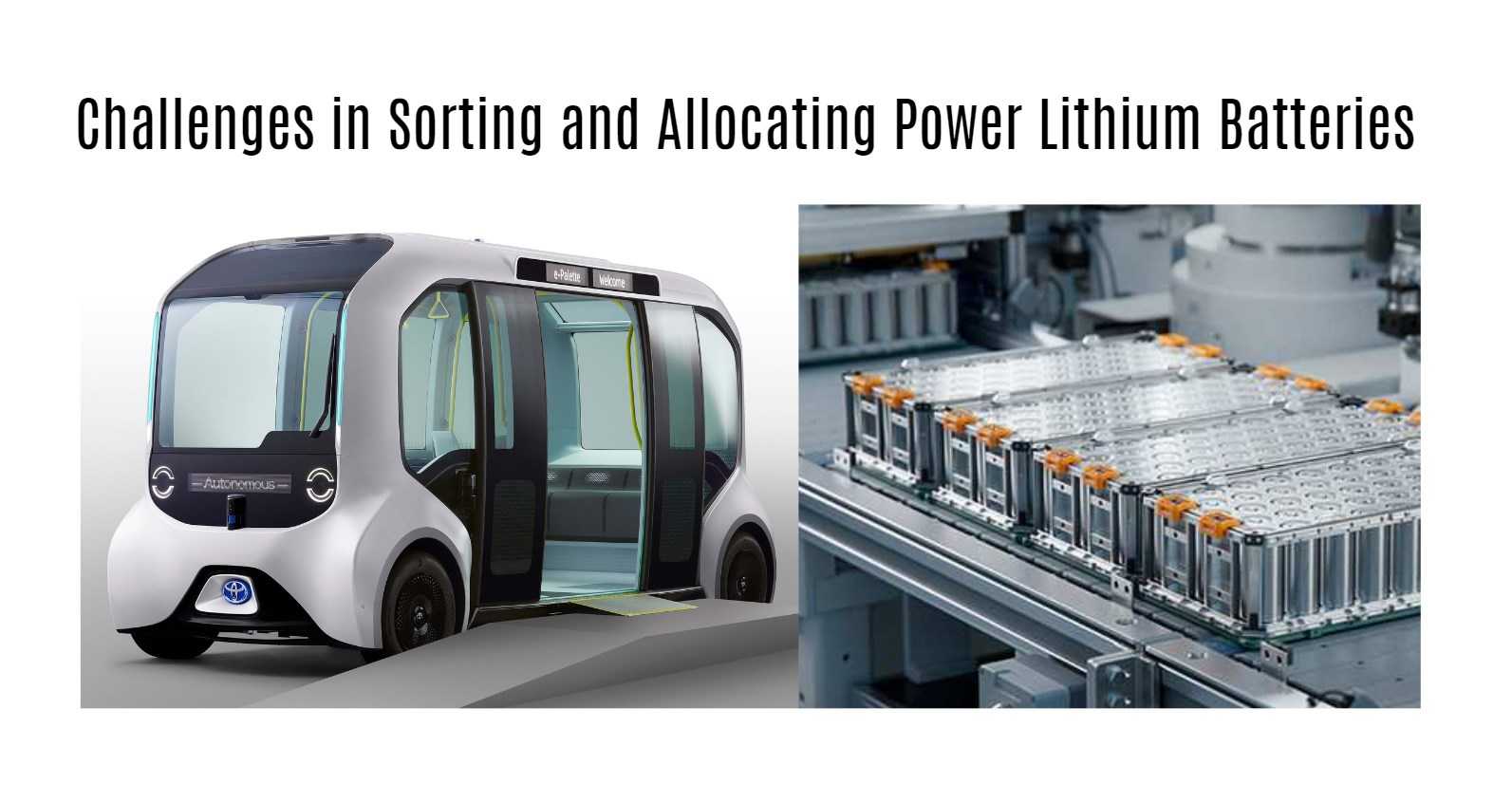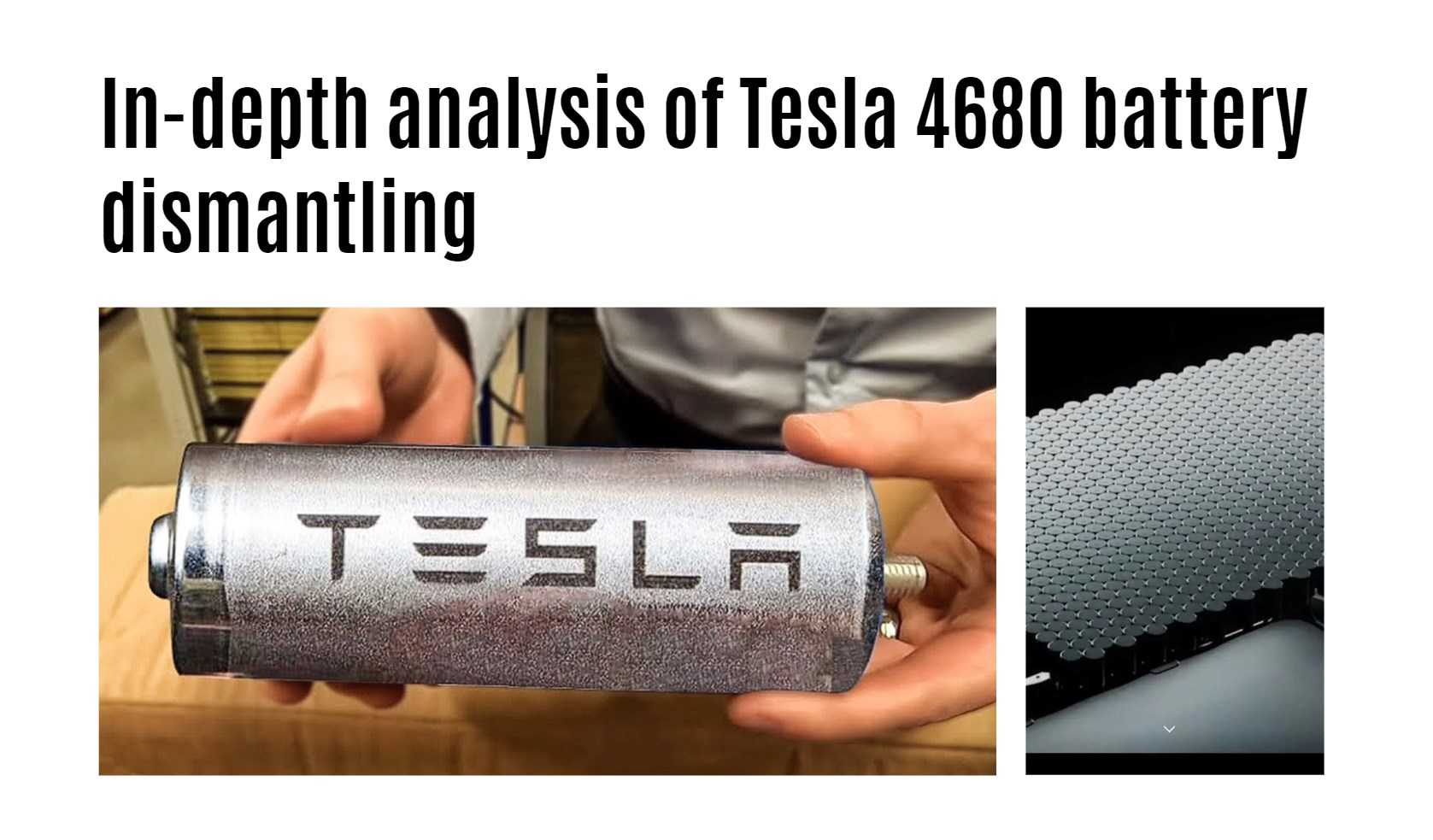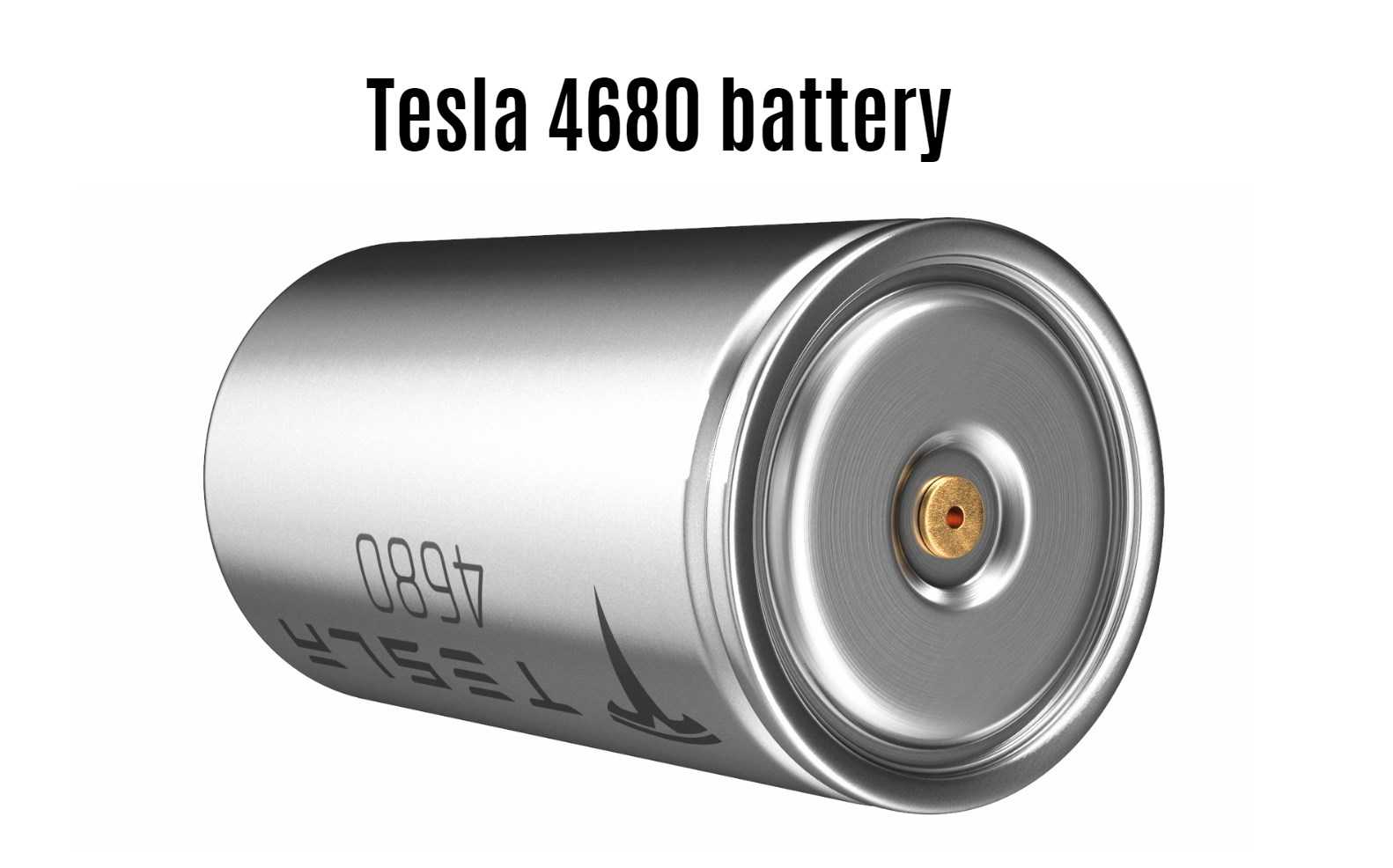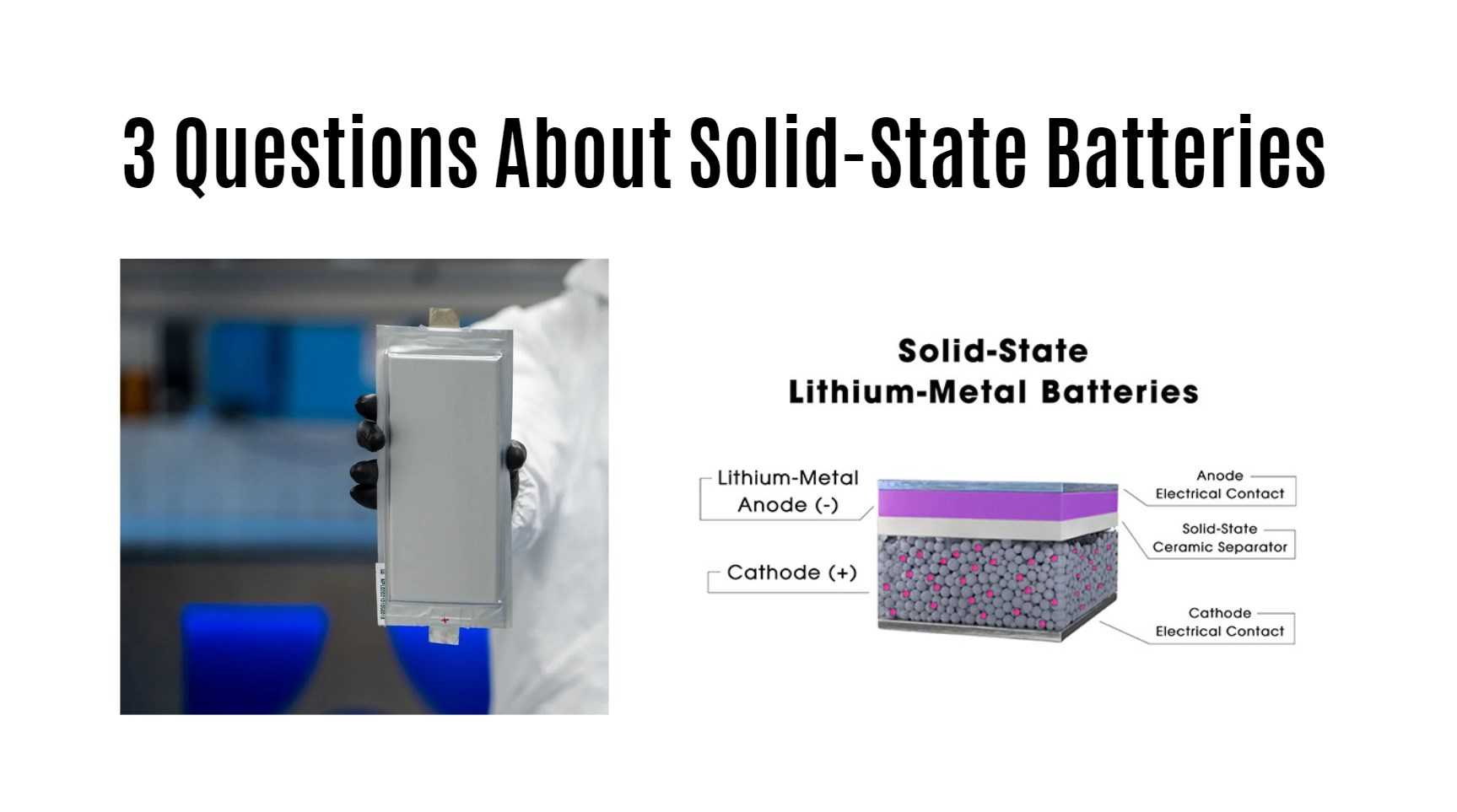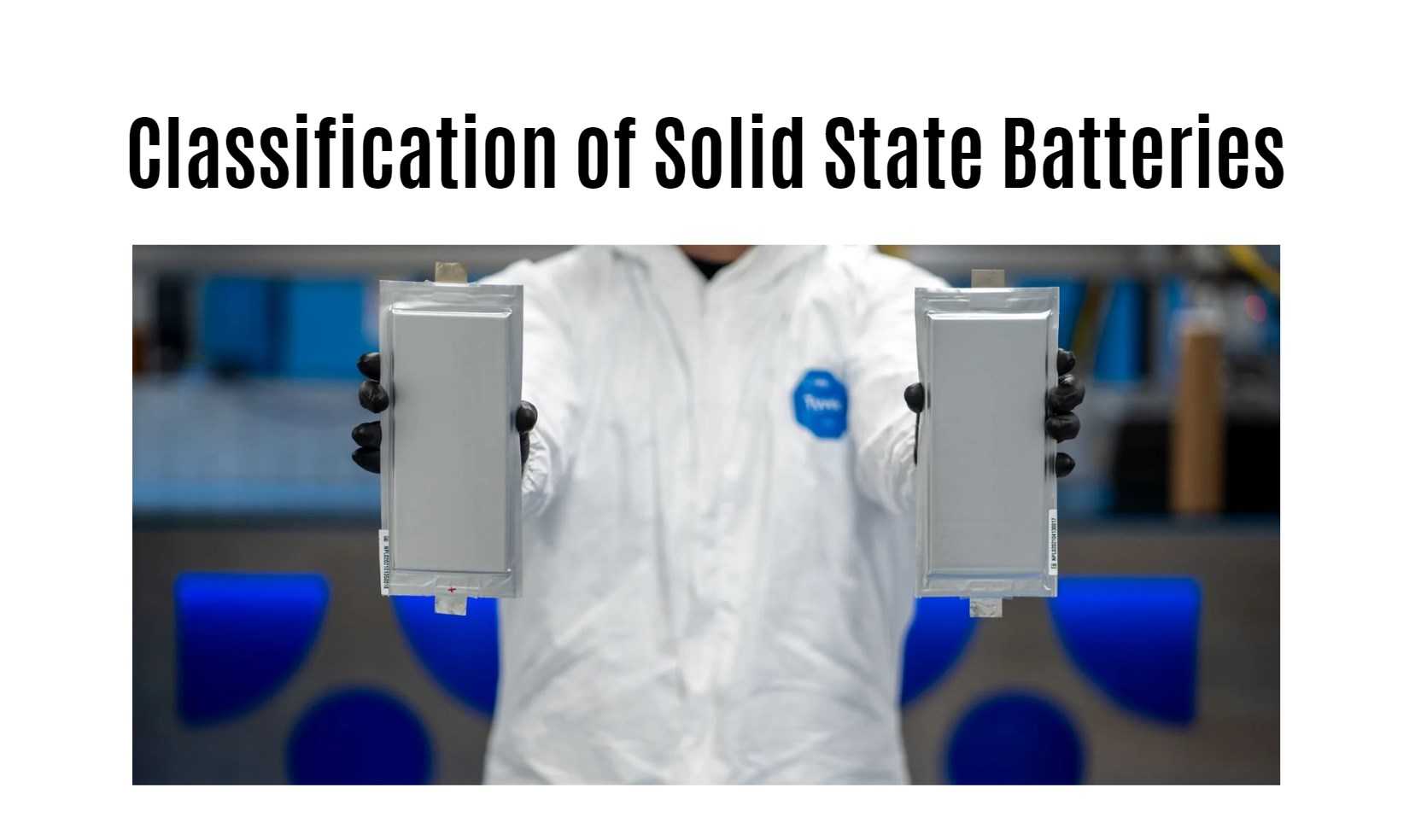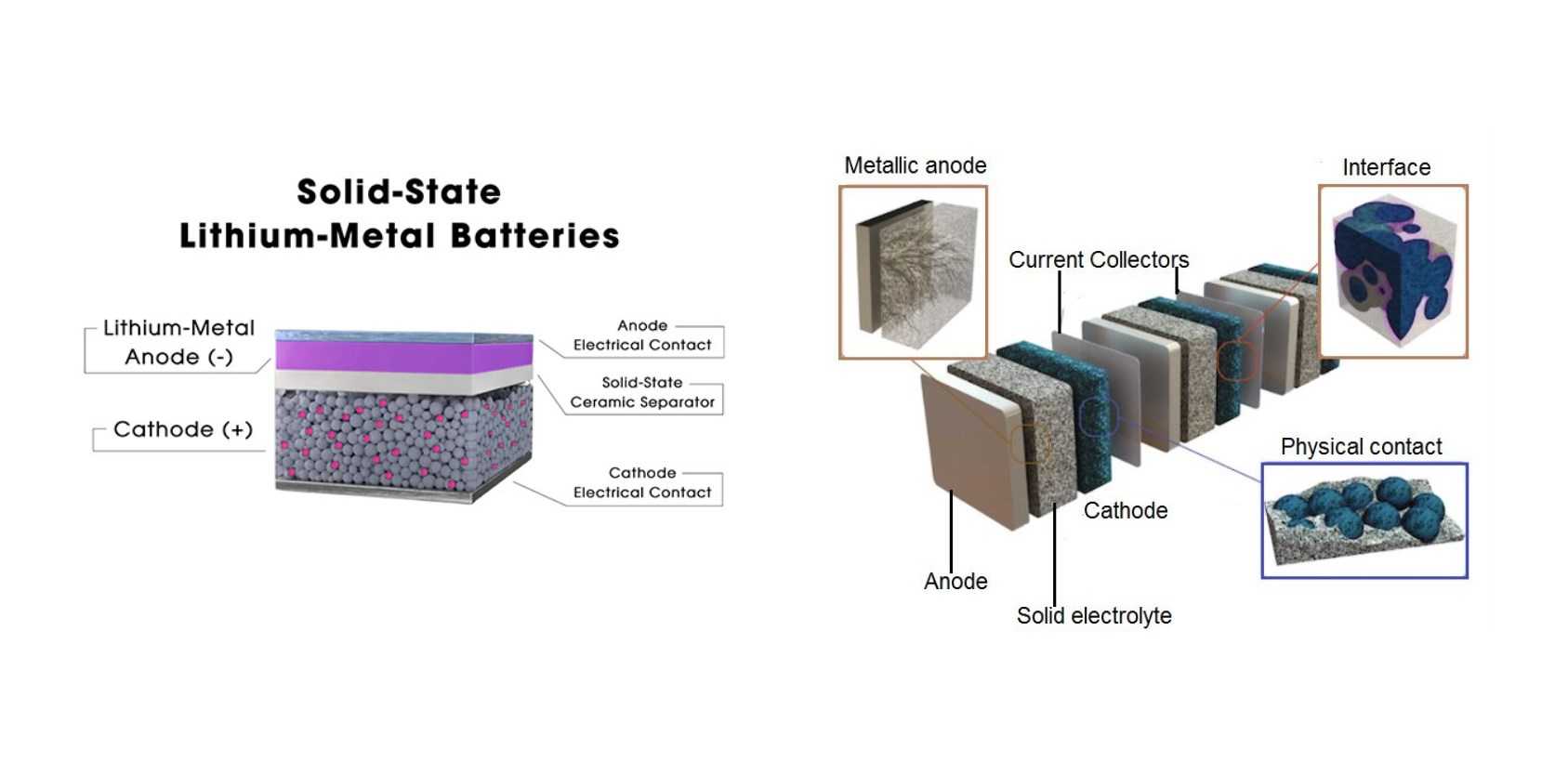SAIC and ChingTao Forge Joint Venture to Propel Solid-State Battery Production for Electric Vehicles
Get ready to rev up the electric vehicle industry as SAIC and ChingTao join forces in an electrifying partnership! The future of solid-state battery production is about to get a major boost, promising enhanced performance for electric cars. Let’s dive into how this collaboration is set to drive sustainability efforts and revolutionize the way we power our vehicles.
The growing demand for electric vehicles and solid-state batteries
The global shift towards sustainable transportation is undeniable. With concerns over climate change and air pollution on the rise, more people are turning to electric vehicles as a cleaner alternative to traditional gas-powered cars. This growing demand for EVs has sparked a parallel need for more advanced battery technology that can power these vehicles efficiently.
Enter solid-state batteries – the next frontier in energy storage for electric vehicles. These revolutionary batteries offer higher energy density, faster charging times, increased safety, and longer lifespan compared to conventional lithium-ion batteries. As consumers seek longer driving ranges and shorter charging times, the appeal of solid-state batteries continues to grow.
Automakers like SAIC and ChingTao recognize this trend and are strategically positioning themselves to meet the rising demand for electric vehicles equipped with solid-state batteries. By forming a joint venture focused on scaling up production, they aim to drive innovation in the EV market while contributing to sustainability efforts worldwide.
The advantages of solid-state batteries over traditional lithium-ion batteries
Solid-state batteries are the game-changer in the world of electric vehicles. They offer numerous advantages over traditional lithium-ion batteries, making them a hot topic among manufacturers and consumers alike.
One major advantage is their higher energy density, which means more power can be stored in a smaller space. This leads to increased driving range for electric vehicles without compromising on performance.
Additionally, solid-state batteries are safer than lithium-ion batteries since they don’t contain flammable liquid electrolytes. This reduces the risk of fires or explosions, providing peace of mind to both drivers and manufacturers.
Moreover, solid-state batteries have longer lifespan compared to traditional ones. With improved durability and stability, these batteries could potentially outlast the vehicle itself, saving costs on replacements and maintenance in the long run.
These advancements in solid-state battery technology are paving the way for a greener and more sustainable future in transportation.
How the joint venture will increase production of solid-state batteries
SAIC and ChingTao’s joint venture marks a significant step towards revolutionizing the production of solid-state batteries for electric vehicles. By combining SAIC’s automotive expertise with ChingTao’s advanced battery technology, the partnership is poised to ramp up manufacturing capabilities like never before.
With this collaboration, the streamlined processes and shared resources will enable a more efficient production line for solid-state batteries. This increased efficiency means faster output rates without compromising on quality standards, meeting the escalating demand for sustainable energy solutions in the automotive industry.
Moreover, leveraging each other’s strengths in research and development will pave the way for innovative breakthroughs in solid-state battery technology. The synergy between these two powerhouses sets the stage for cutting-edge advancements that could potentially reshape how we power electric vehicles in the future.
Potential impact on the electric vehicle market and sustainability efforts
The joint venture between SAIC and ChingTao to propel solid-state battery production for electric vehicles is set to make a significant impact on the industry. With the increasing demand for electric vehicles, particularly in urban areas striving for cleaner air and reduced carbon emissions, the availability of more efficient batteries will drive further adoption.
Solid-state batteries offer advantages over traditional lithium-ion ones by providing higher energy density and improved safety features. This technological advancement not only benefits electric vehicle performance but also contributes to sustainability efforts by reducing reliance on fossil fuels.
As production scales up through this partnership, the cost-effectiveness of solid-state batteries is expected to improve, making electric vehicles more accessible to a broader market. This shift towards sustainable transportation solutions aligns with global initiatives aimed at combating climate change and promoting environmental stewardship.
The collaboration between SAIC and ChingTao marks a significant step forward in advancing electric vehicle technology while supporting sustainability goals across industries.
Challenges and obstacles faced by the joint venture
As SAIC and ChingTao embark on their joint venture to revolutionize solid-state battery production for electric vehicles, they will undoubtedly face a series of challenges and obstacles along the way. One major hurdle could be the need for significant investment in research and development to fine-tune the manufacturing process and scale up production efficiently.
Additionally, ensuring the quality and reliability of these advanced batteries will be crucial in gaining consumer trust and meeting industry standards. The joint venture may also encounter competition from other companies racing to develop similar technologies, intensifying the pressure to innovate quickly while maintaining high performance levels.
Navigating regulatory requirements and addressing potential supply chain issues could further complicate matters for SAIC and ChingTao as they strive to establish themselves as leaders in sustainable energy solutions. Despite these obstacles, with determination, innovation, and strategic planning, this partnership has the potential to overcome these challenges and make a significant impact on the future of electric vehicles.
Conclusion: The future of solid-state battery production for electric vehicles
As SAIC and ChingTao join forces to advance solid-state battery production for electric vehicles, the future looks promising. With the increasing demand for sustainable transportation solutions, solid-state batteries are set to revolutionize the industry. The joint venture’s commitment to ramping up production will not only drive innovation but also contribute significantly to reducing carbon emissions and enhancing energy efficiency.
As technology continues to evolve, challenges may arise, but with dedication and collaboration, these obstacles can be overcome. As more automakers shift towards electrification, the role of solid-state batteries in powering the next generation of electric vehicles cannot be understated.
The partnership between SAIC and ChingTao signifies a pivotal moment in the journey towards a greener automotive landscape. By investing in cutting-edge battery technology, we pave the way for a more sustainable future where electric vehicles reign supreme on our roads. Solid-state batteries hold immense potential to reshape how we power our cars and propel us towards a cleaner, brighter tomorrow.



